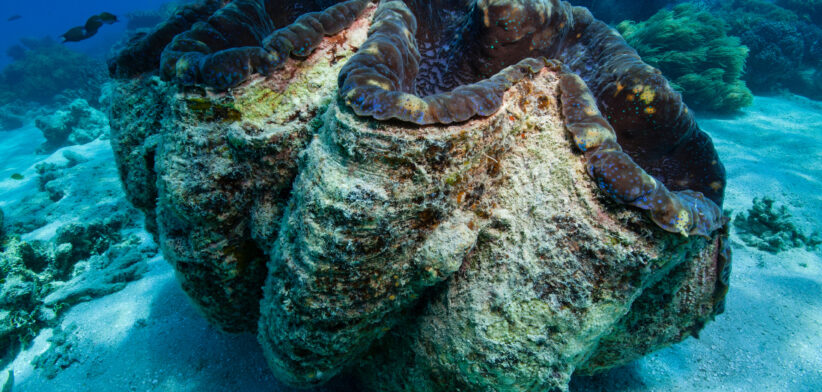The giant clam is in danger of going extinct after suffering a population plunge of more than 80 percent over the last century.
University of Colorado Boulder researchers said the International Union for Conservation of Nature (IUCN) had changed the conservation status of the clams “vulnerable” to “critically endangered.”
The IUCN announcement came as representatives from 175 countries met in Colombia for the 2024 United Nations Biodiversity Conference (COP16).
Countries are discussing ways to stop what is known as the “sixth mass extinction”, a rapid decline in biodiversity due to human activity. The fifth mass extinction, 66 million years ago, wiped out the dinosaurs.
The giant clam, or Tridacna gigas, is the world’s largest marine bivalve mollusk, a group of invertebrate animals with two-part shells.
The clams live in the shallow water of the tropical Indo-Pacific Ocean, off the coasts of Malaysia, Australia and Fiji.
Researcher Ruiqi Li said overfishing and climate change were the major threats endangering these marine invertebrates.
“Along with coral reefs, these clams provide important habitats for other creatures living in the reefs,” Ms Li said.
“They are also important nutrient producers in shallow ocean water, which is generally deprived of food. If the giant clam becomes extinct, it will have significant ecological impacts on tropical oceans.”
The full report is on the University of Colorado Boulder website.








